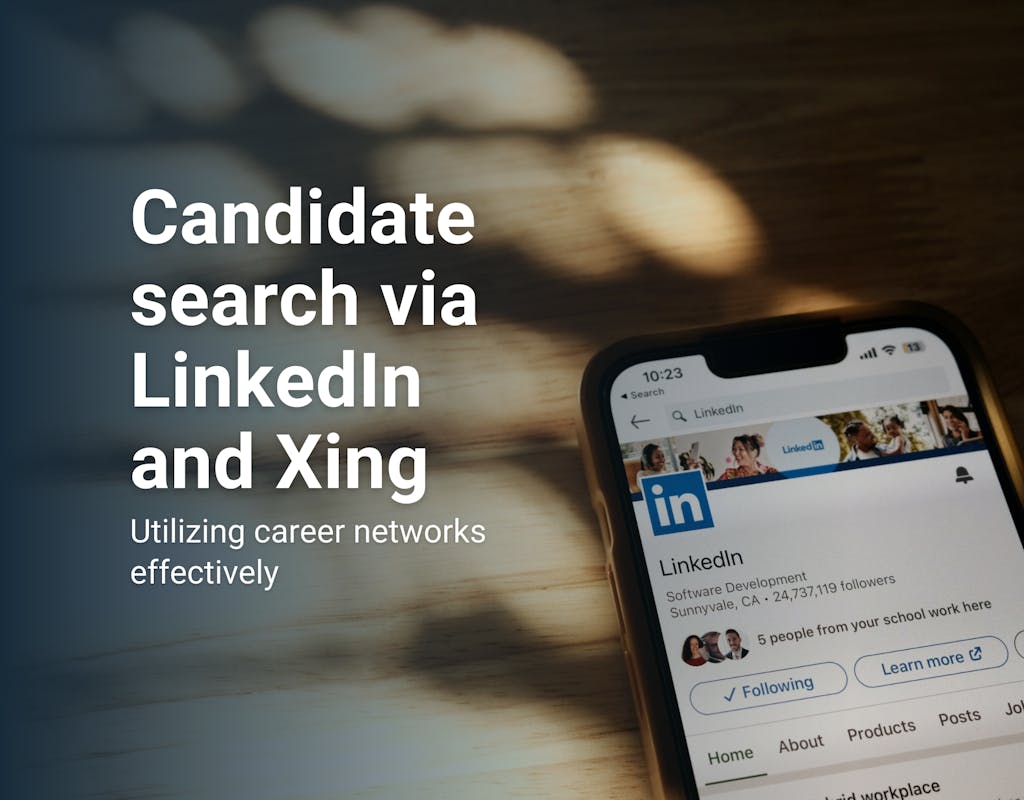The age of AI is being pushed by automation methods aimed at making organization leaner and more efficient, otherwise known as cost-effective. Today we find ourselves in the 4th industrial revolution. This consists of new technologies and trends such as:
- The Internet of Things (IoT)
- Robotics
- Virtual reality (VR) and most importantly
- Artificial intelligence (AI) which are changing not only how we work and live but also interact.
In recruitment we know, no two organizations share the same culture, values, and processes.
This technology is designed to streamline or automate some parts of the recruiting workflow, especially repetitive, high-volume tasks. In order to capture unique insights that can be leveraged in a TA strategy and further applied to recruitment, it is essentially an organization sets up an AI learning apparatus that can capture valuable contextual data across all human touchpoints. Therefore, labeling is essential to nailing your Ai/TA strategy.
Labeling - the guarantee for high data quality
Labelling is essential because even today our most advanced machines are still unable to understand and manage the enormous amount of data at their disposal. Every day as recruiters we generate millions of data points interacting with potential candidates. What if I told you could make every interaction count towards teaching a machine to simplify your job?
Labelled data is a group of various datasets, which gets tagged with one or more labels to identify certain properties or characteristics, or classification or contained objects. This labelled data further gets consumed in the machine learning model to train it at certain accuracy, so that when unlabelled data feed into the ‘trained model’ it will predict similar characteristics in unlabeled data to create a final prediction output.
Labelling plays a part in companies building a digital profile and strategy for how they can adapt their structures but more importantly workforces to meet the changes in the labour market. for the type of profiles which can be reskilled or upskilled. The firm can understand how their workforce is changing and what are the skills required to do those future jobs.
Why – Because the world is changing rapidly and companies need to be able to understand and adapt as fast as possible.
The 2018 Future of Jobs Report from the World Economic Forum predicts that 75 million jobs will be displaced by 2022 in 20 major economies.
Recognizing further training potential with labeling
133 million new roles are expected to be created, driven by advances in technology and continuous digital transformation.
As demand for new capabilities gathers pace, reskilling and upskilling can enable your organization to develop the skills needed to remain competitive.
Upskilling is the process of learning new skills or teaching workers new skills. Reskilling is the process of learning new skills so you can do a different job, or of training people to do a different job. Both are now effective strategies for employers to combat what is expected to become a perennial skills shortage.
Reskilling means looking for people with ‘adjacent skills’, that are close to the new skills your company requires. It provides a lateral learning experience. The World Economic Forum estimates that over half of all employees (54%) will require ‘significant’ reskilling by 2022.
A culture of upskilling, on the other hand, means teaching employees new, advanced skills to close talent gaps. It involves your team members in continuous education and helps them to advance along their current career path. These employees may have worked for your organization for several years and possess an in-depth understanding of both your culture and your customers.
Organisations are willing to invest in these methods because over the long term they have proven to be the most cost-effective as the talent of the future needs to be developed not acquired. Now more than ever having a strategy for AI and its impact is vital.
Are you interested in MoBerries' recruiting solution? Gather insights and turn them into actionable analytics to optimize your recruitment funnel.






